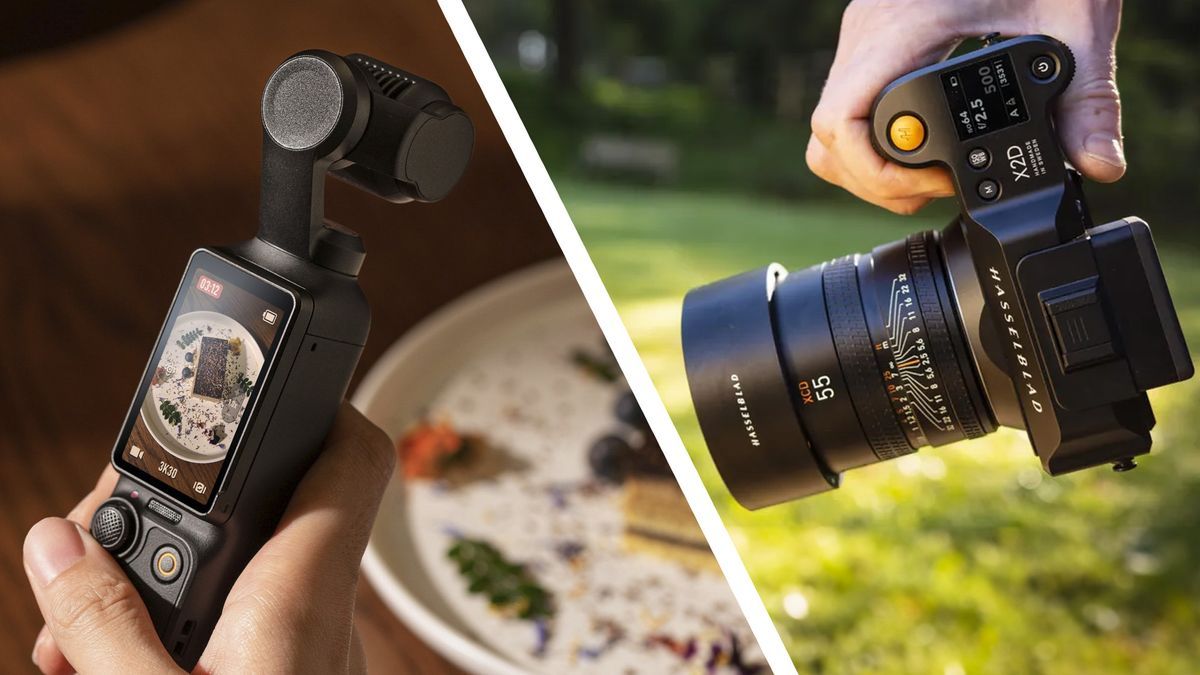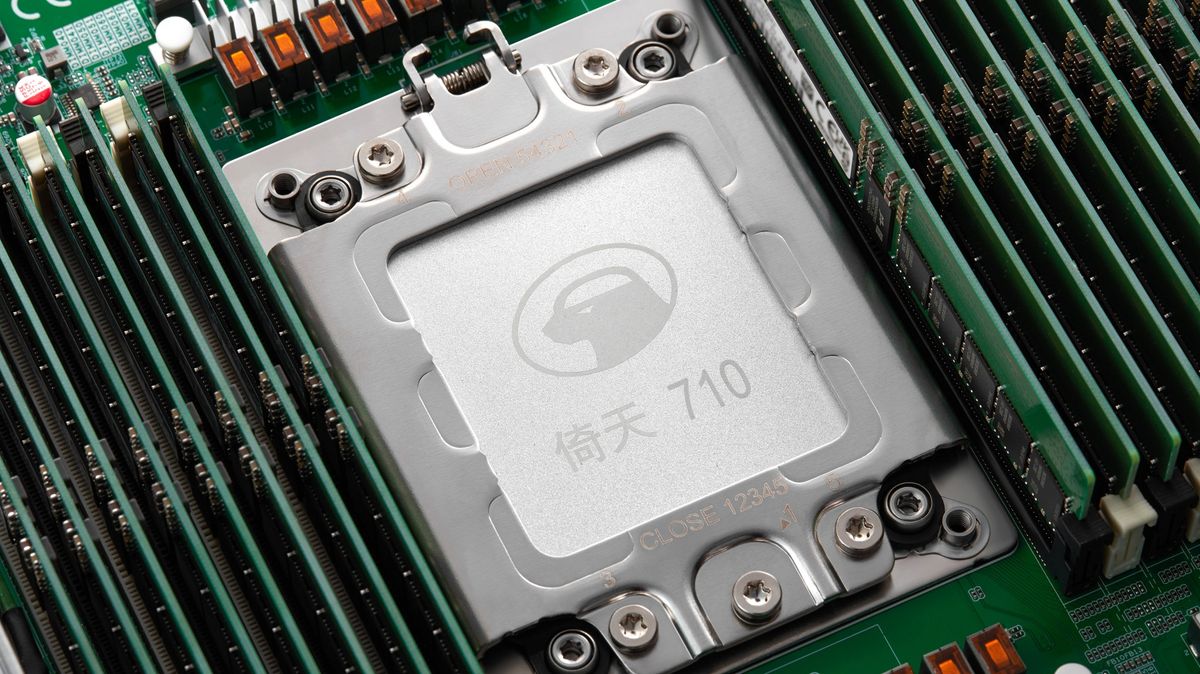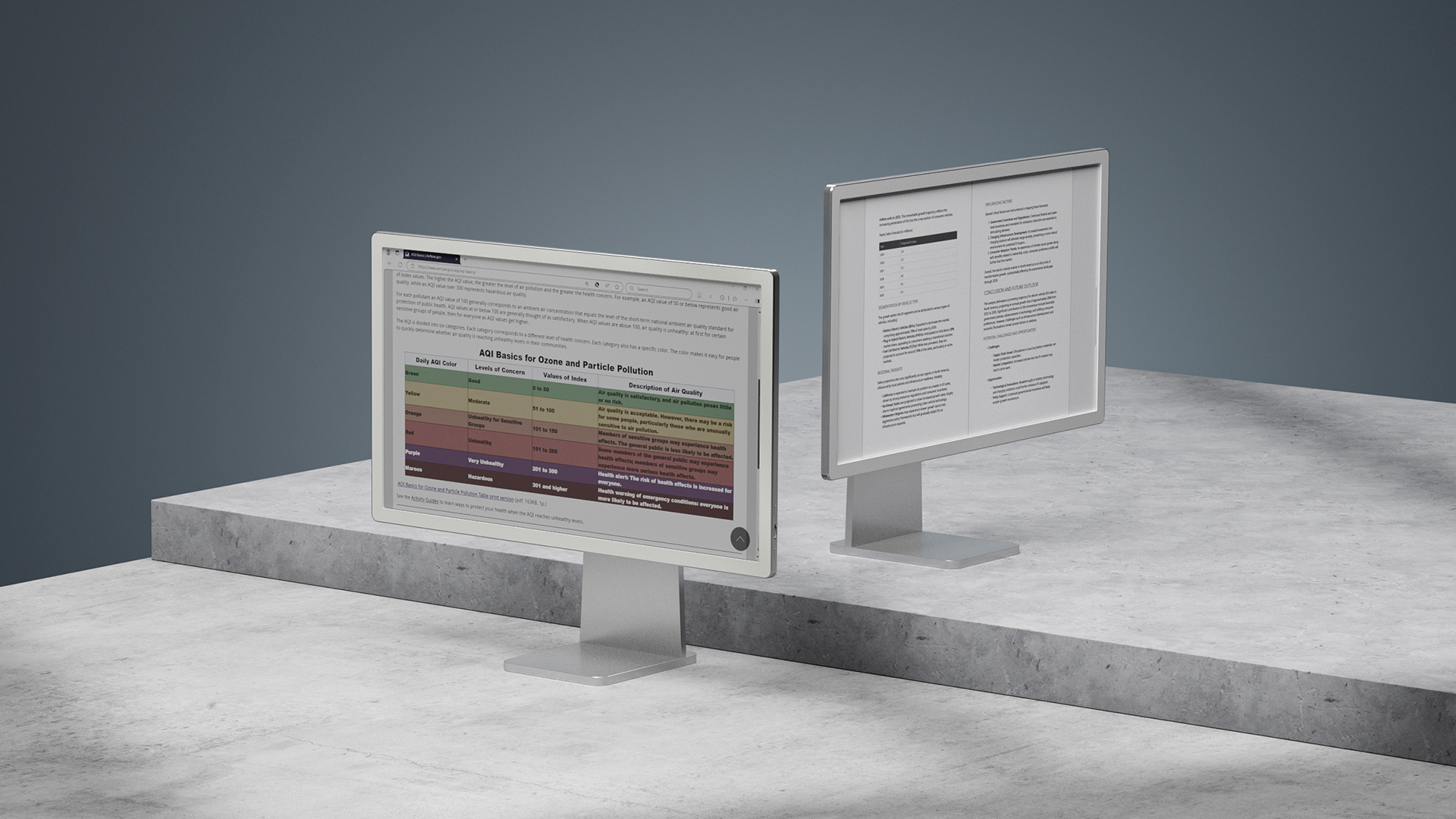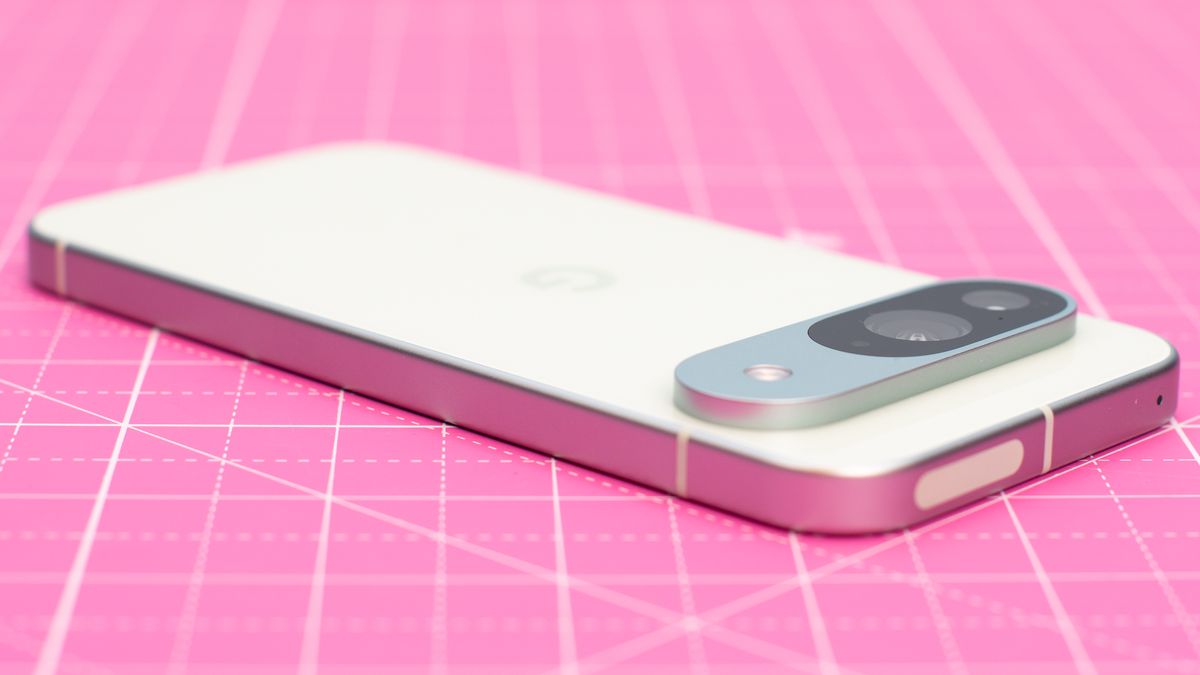DJI is best known for drones like the upcoming DJI Neo, but it's been quietly revolutionising other camera sectors too. And now some new rumours predict that it could soon make its biggest splash yet, with its first dedicated mirrorless camera.
The rumors come from Sony Alpha Rumors' Andrea Pizzini, who has previously been a reliable source for Sony-related releases. He says that “two reliable sources” have told him that DJI is planning to “release something big in September” and that the most likely scenario is a “new mirrorless product that will compete more directly with Sony, Canon, and Nikon.”
These rumors come with a couple of caveats. First, the sources aren't from DJI, but from insiders at unnamed Japanese camera makers who are apparently gearing up for a big DJI announcement in September. Also, there haven't been any specific leaks that hint at what kind of product DJI apparently has in the works, so rumors about a mirrorless camera (for both photos and video) remain speculative.
That said, a mirrorless camera from DJI wouldn’t be a huge surprise given its recent history, and it could actually justify the oft-used “revolutionary” label. For starters, a mirrorless camera would fit right into DJI’s current lineup. For one, DJI already makes cameras that aren’t mirrorless – the DJI Pocket 3, for example, which currently tops our list of the best cameras for vlogging you can buy right now.
On the other hand, DJI also owns Hasselblad, which makes niche medium format cameras like the Hasselblad X2D 100C (above). These rumors predict something that falls somewhere in between the two: a DJI-branded mirrorless camera with interchangeable lenses. That’s why the rumors refer to it as a “more direct competitor to the Japanese manufacturers” that currently dominate the camera world.
Unfortunately, those “reliable sources” haven’t specified whether DJI might be preparing a video camera or a hybrid camera, nor what lens mount it might use. But if the rumors are true, there are plenty of clues within DJI’s existing products that give us an idea of the most likely scenario – and a DJI camera that, in theory, would be a great offering for non-professionals…
Why it could be a turning point for cameras
The world's best cameras are incredible tools for creating images, but almost all of them also have legacy problems (usability, connectivity, complicated menus) that the Japanese giants have been slow to fix.
If DJI were to combine existing technology from its Ronin, Pocket, and Hasselblad lines, it could instantly raise the bar on usability and make hybrid cameras feel like they're actually from the same era as our phones.
First, there are the camera menus. While models like the Sony A7C II have improved the situation, most of the best mirrorless cameras are still more accessible to professionals than amateurs. As we found in our Hasselblad X2D 100C review, its minimalist Scandinavian menus are a joy to use and feel “more in line with smartphones than most other camera touchscreens.” Despite its small size, even the DJI Pocket 3 is more intuitive to use than many cameras.
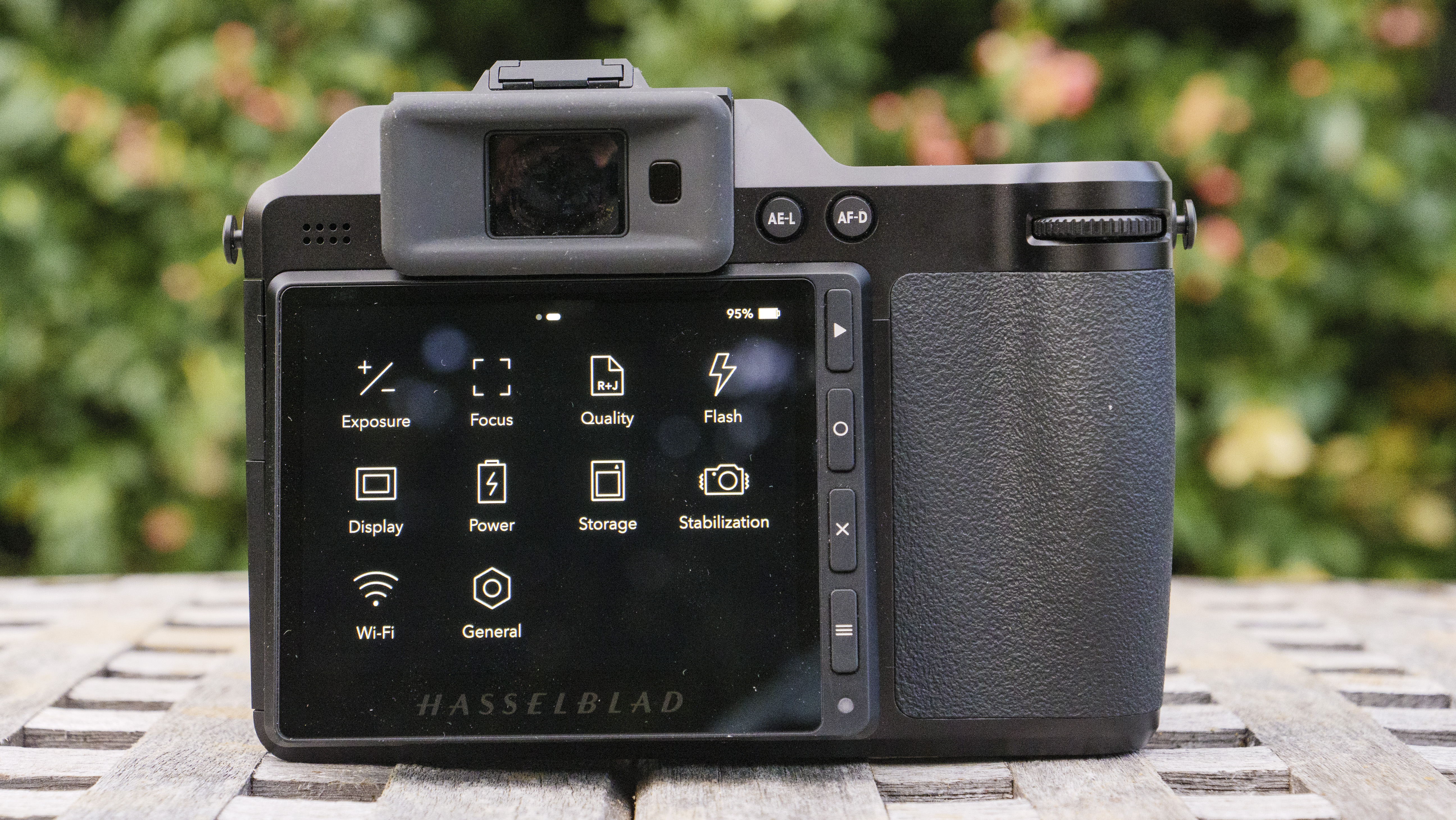
Then there’s the connectivity. Most cameras are relics of the pre-smartphone era, when photos were stored on SD cards and laboriously transferred to laptops. Sending photos to your phone is still a glacial experience in most cases, but DJI could easily replicate the Leica SL3, which uses a combination of Bluetooth and Wi-Fi MIMO technology to send full-size DNG files to your phone in a few seconds.
Much like Leica, which for some reason remains an outlier in the camera world, DJI could also make a camera with interchangeable lenses and internal storage. The Leica M11, for example, has 64GB of internal storage, while drones like the DJI Mavic 3 offer up to 1TB of internal storage. DJI could easily incorporate that into a really affordable camera and make it a common feature.
Fourthly, as Sony Alpha Rumors has speculated, DJI could theoretically add an e-SIM to its camera to create a truly modern mirrorless hybrid. This could allow you to wirelessly back up photos from an internal SSD for added peace of mind. While that would be nice in theory, DJI hasn’t really done this with its drones, aside from professional models like the Matrice series. So we think this feature, plus the idea of third-party apps on cameras, could be things that can be filed under the “wishful thinking” category.
Finally, a more realistic innovation for mirrorless cameras from a new DJI player would be lenses. The DJI Ronin 4D, which we called “the Hollywood Steadicam for (almost) everyone,” has an interchangeable mount that works with not only DJI’s DL lenses, but also L-, E-, and M-mount glass. If a DJI mirrorless camera could do the same for a much lower price, it could be a versatile new player.
What is really realistic?
These rumors about DJI mirrorless cameras have raised a lot of hopes about what new features the drone giant might bring to mirrorless cameras; some of them realistic, some of them a little more far-fetched.
The biggest question is, of course, why would DJI want to make a traditional camera with interchangeable lenses? Aside from compact film-style cameras, such as the Fujifilm X100VI, the growth area in the camera field is video, and this is one of DJI's strengths.
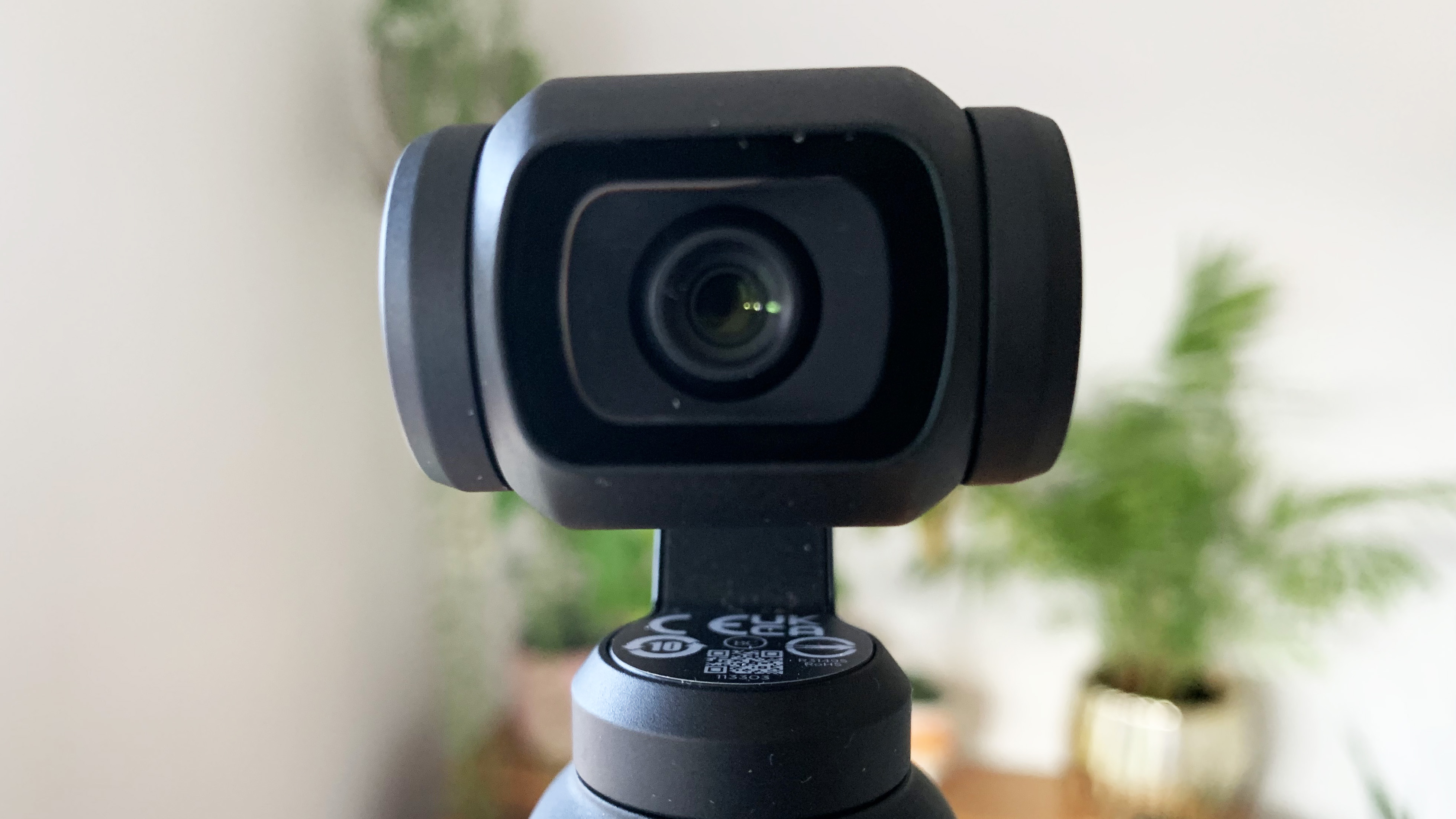
So a larger version of something like a DJI Pocket 3 with interchangeable lenses (or a smaller version of the DJI Ronin 4D) is arguably more realistic than a hybrid rival to the Nikon Z6 III or Sony A7 IV. Another potential issue for a hybrid camera, rather than one focused on video, is DJI’s ownership of Hasselblad, which it previously referred to as its home for stills cameras.
Additionally, while DJI's looming US drone ban only affects its flying cameras, it could also have a chilling effect on a more ambitious launch, given the size of the US camera market.
While these DJI mirrorless camera rumors are exciting, we're taking them with a grain of salt and anticipating a camera that bears a closer genetic resemblance to DJI's existing Pocket or Ronin line than the revolutionary Canon shredder many are expecting.

